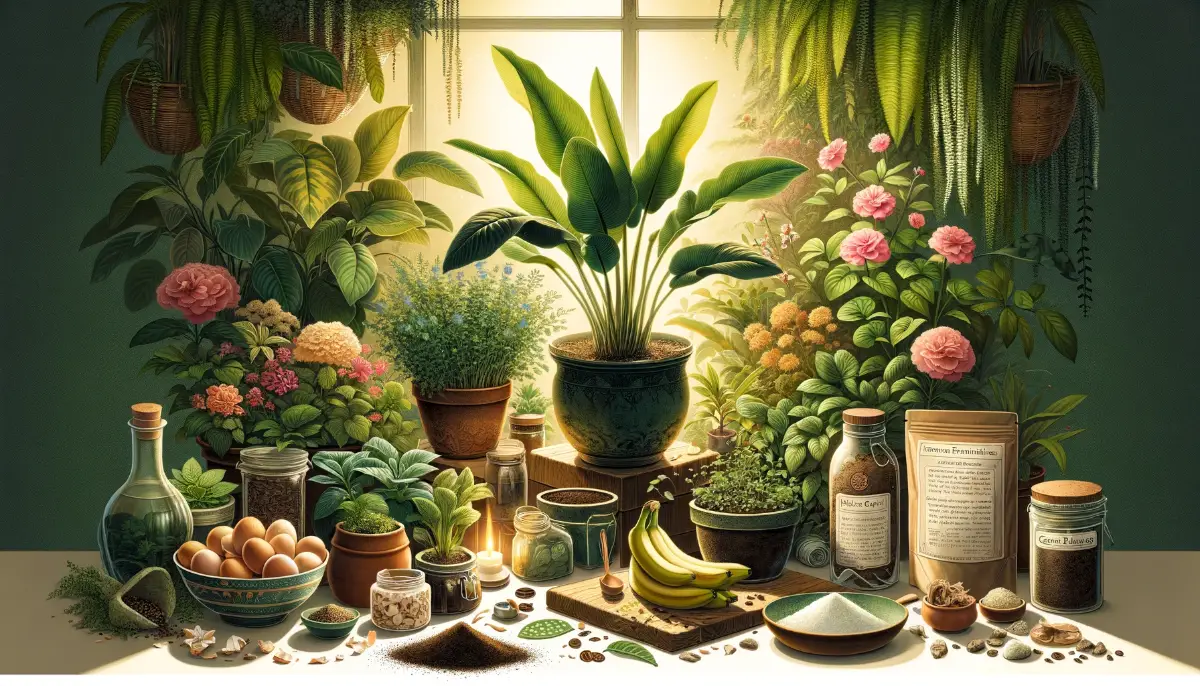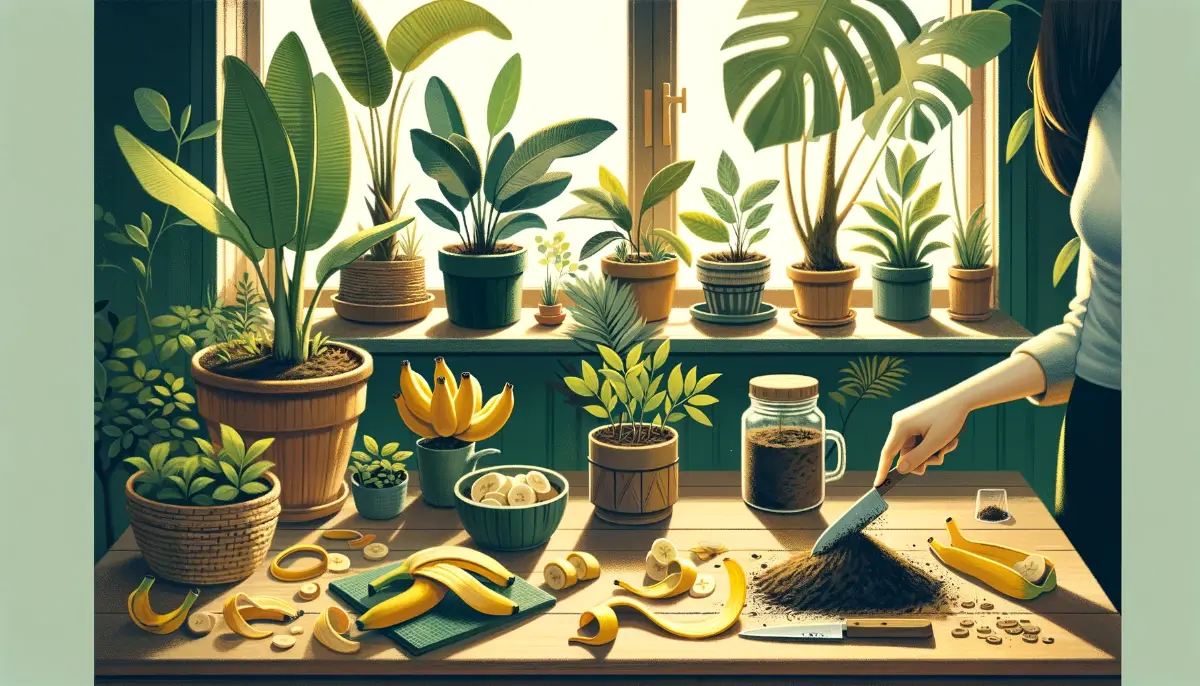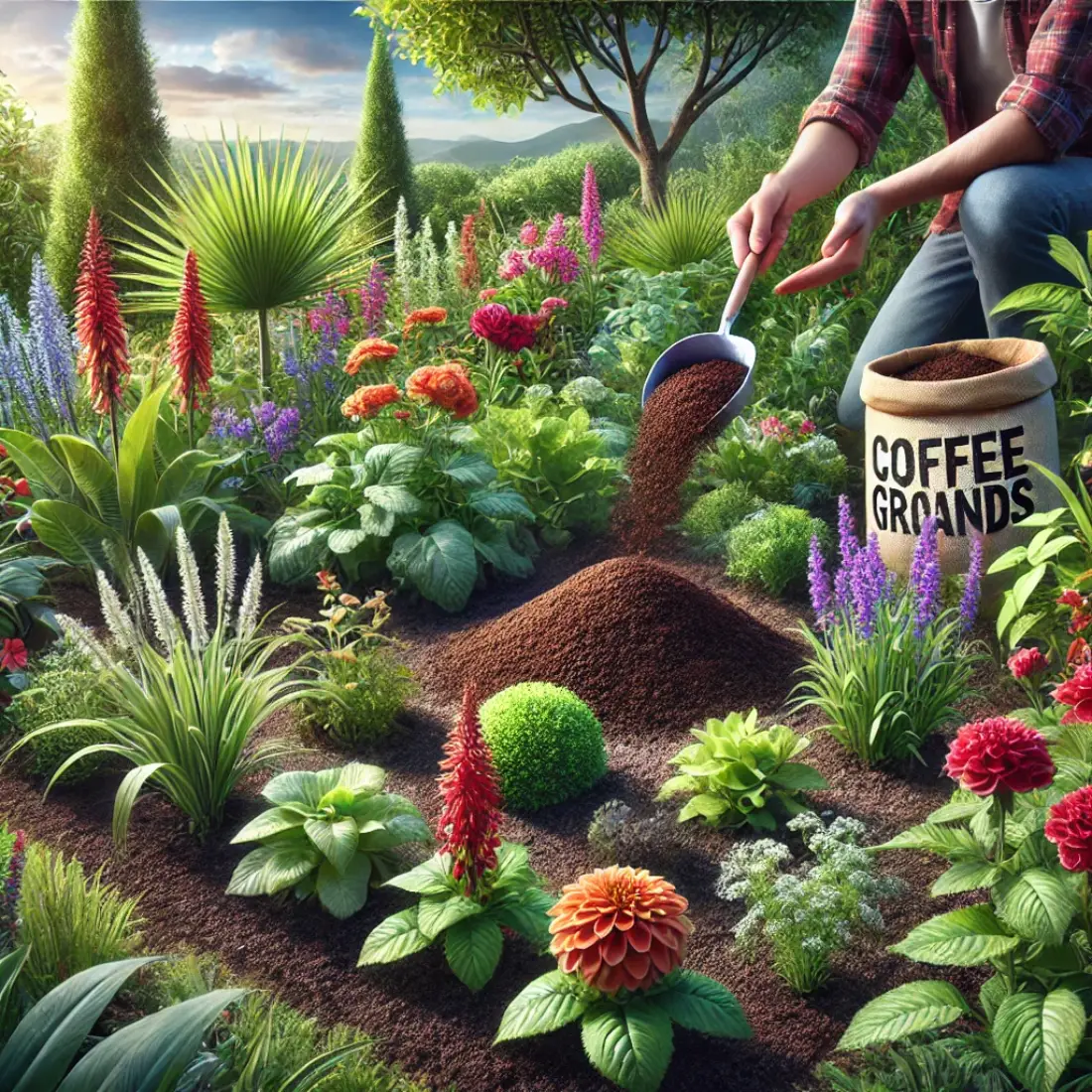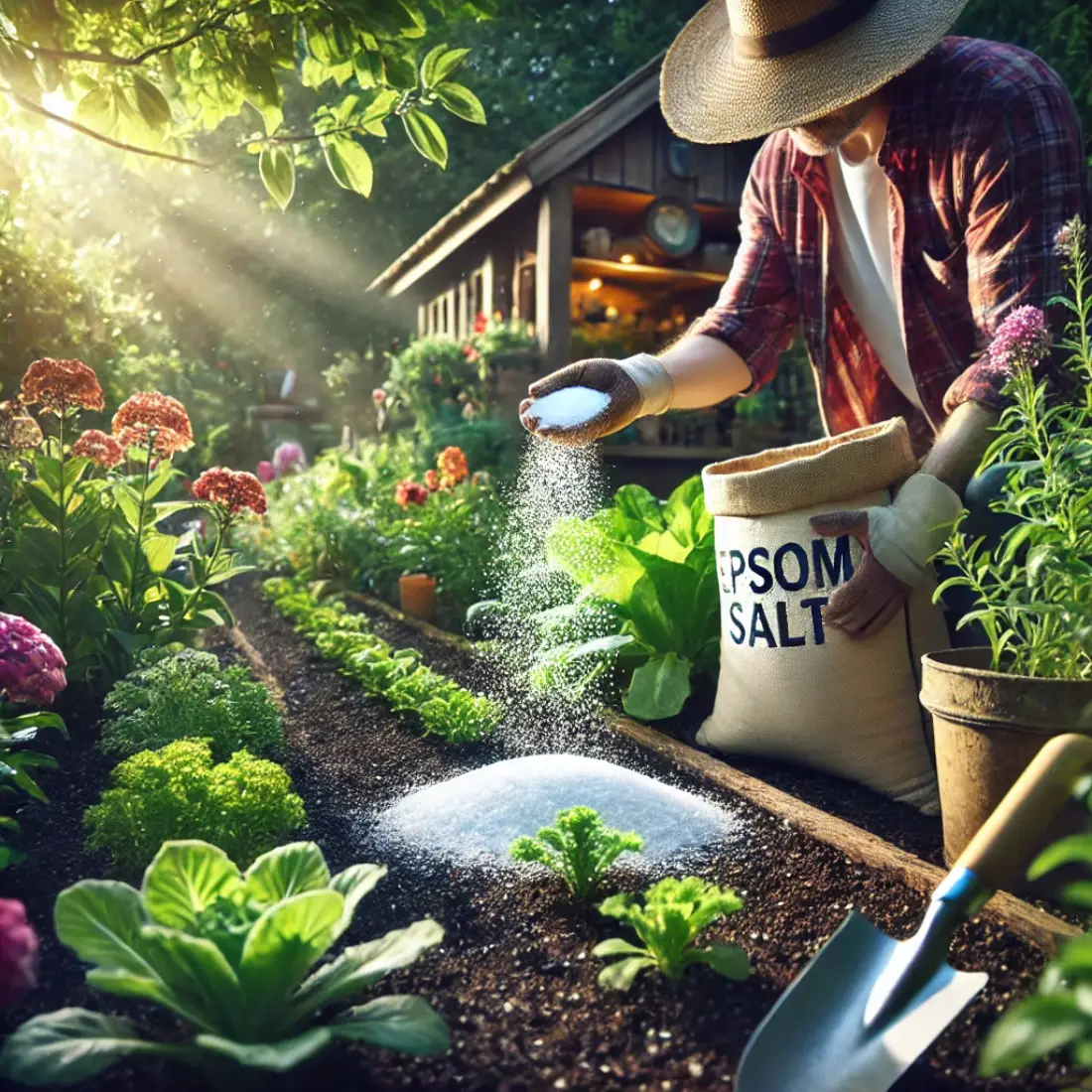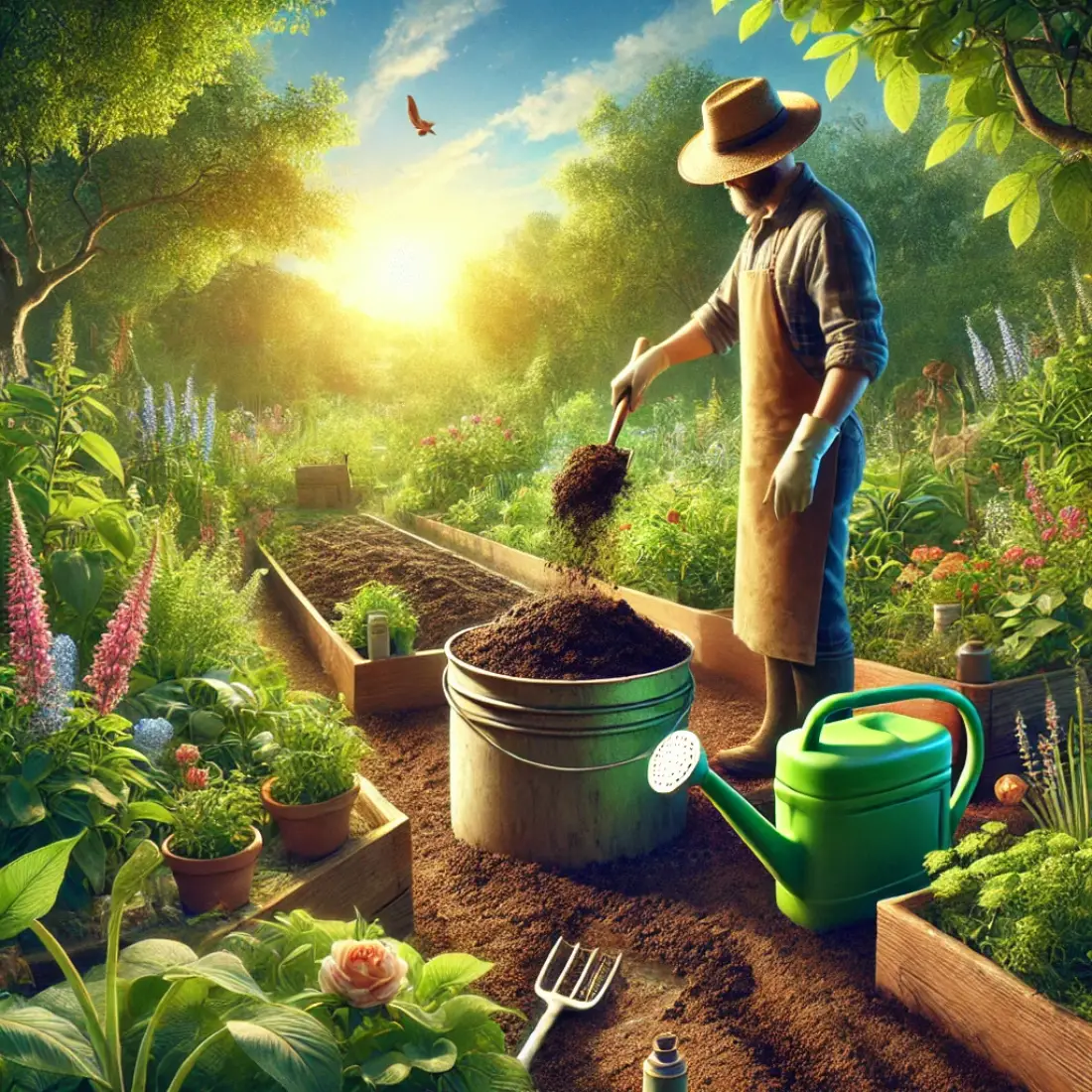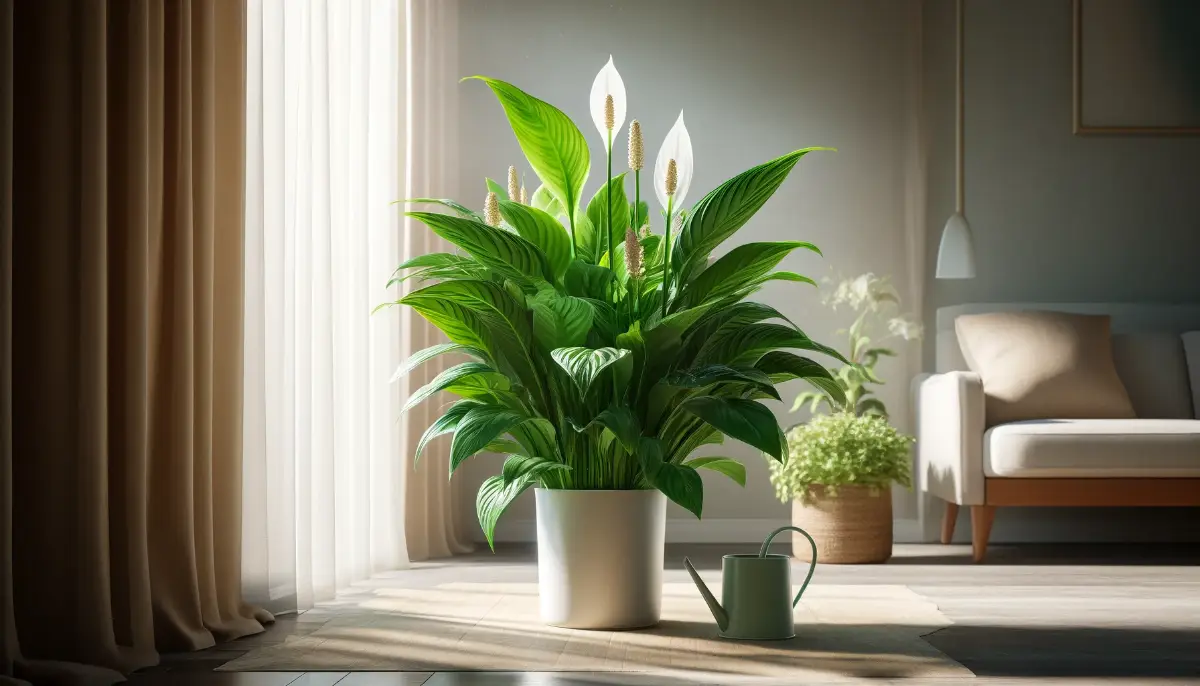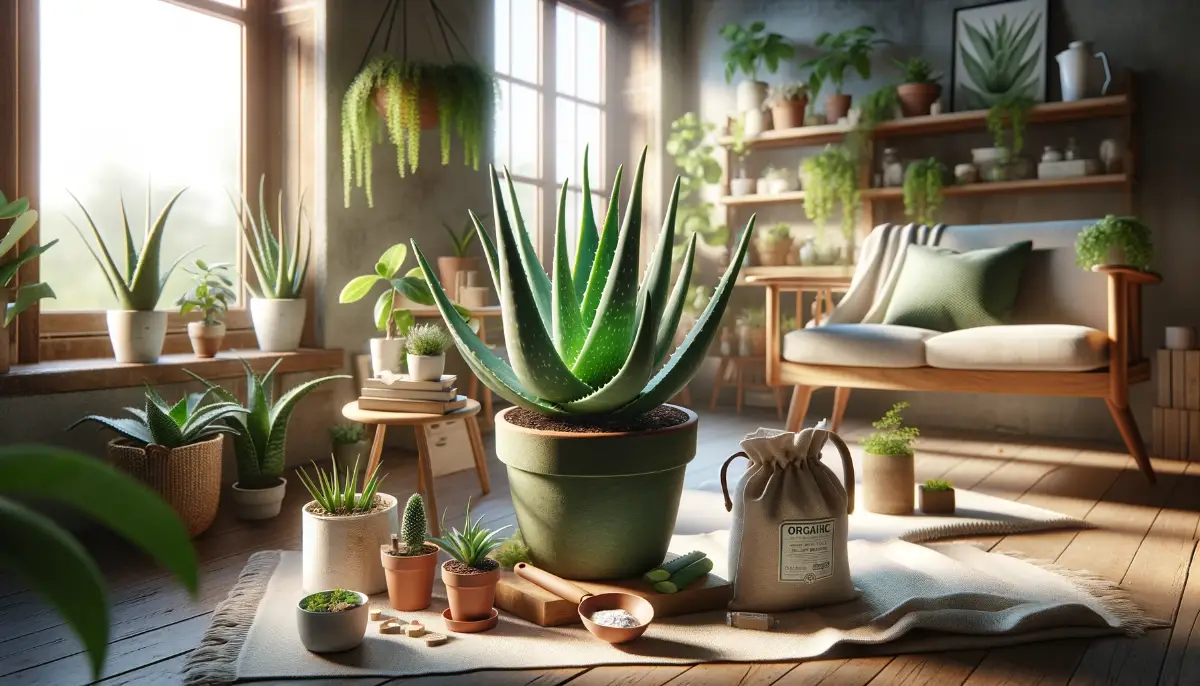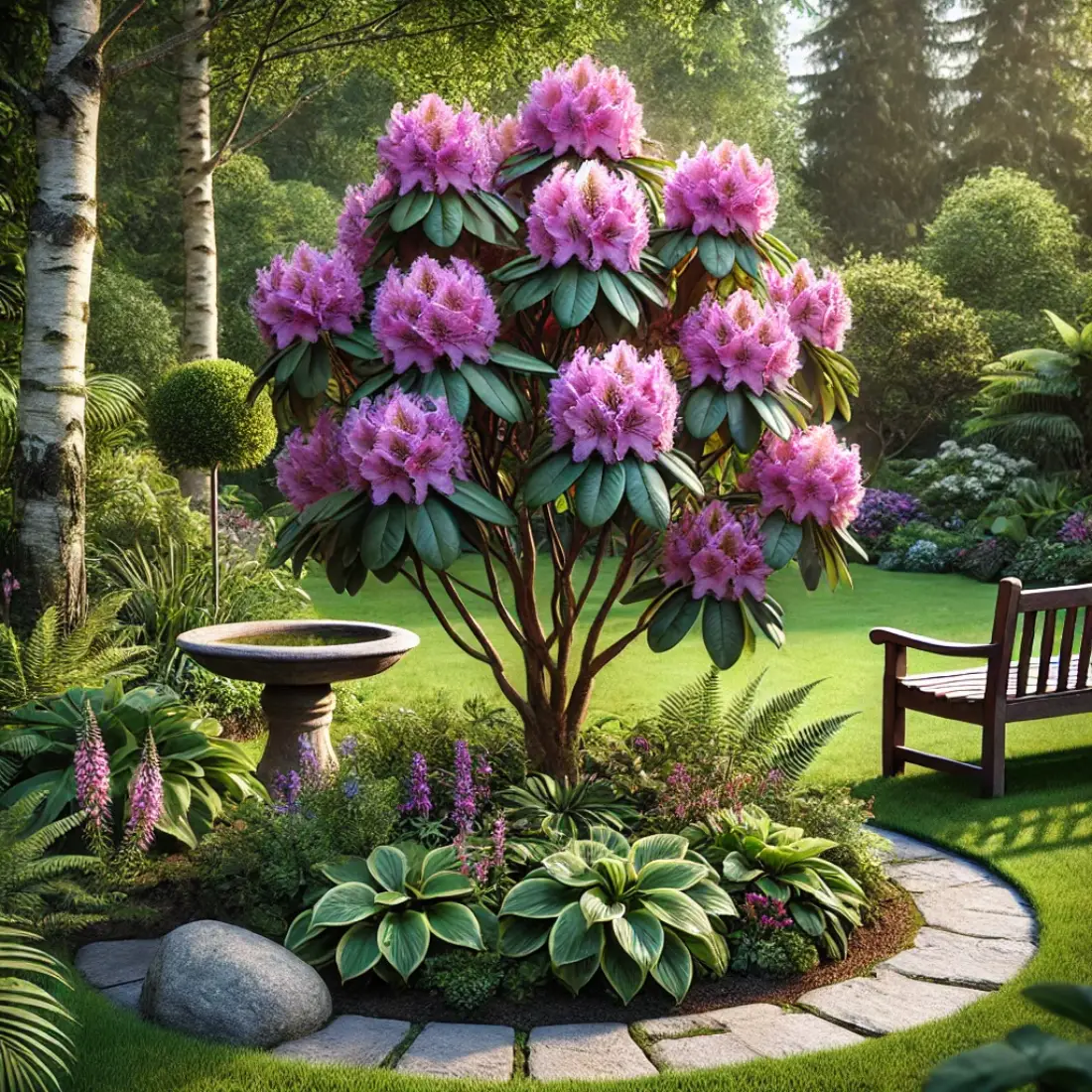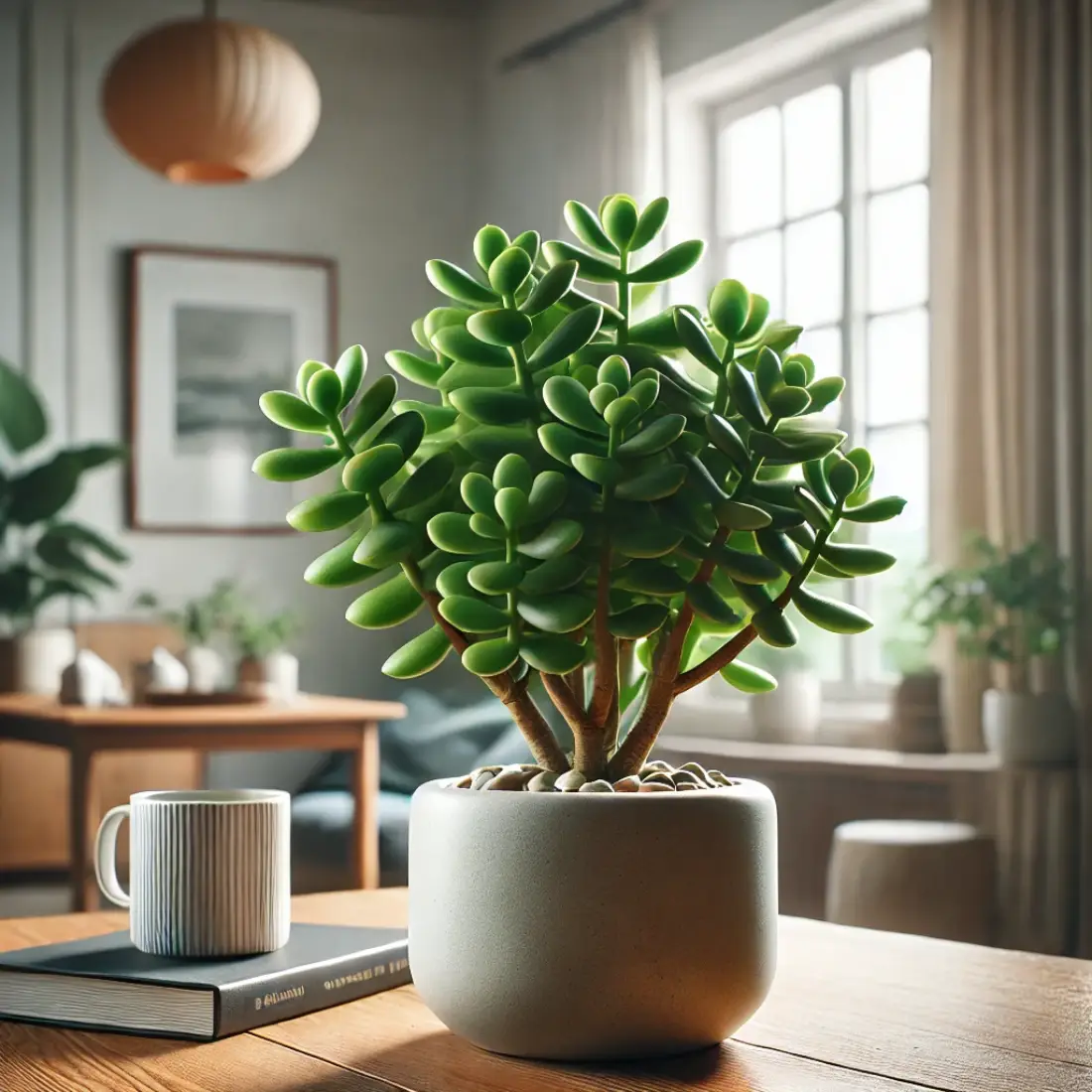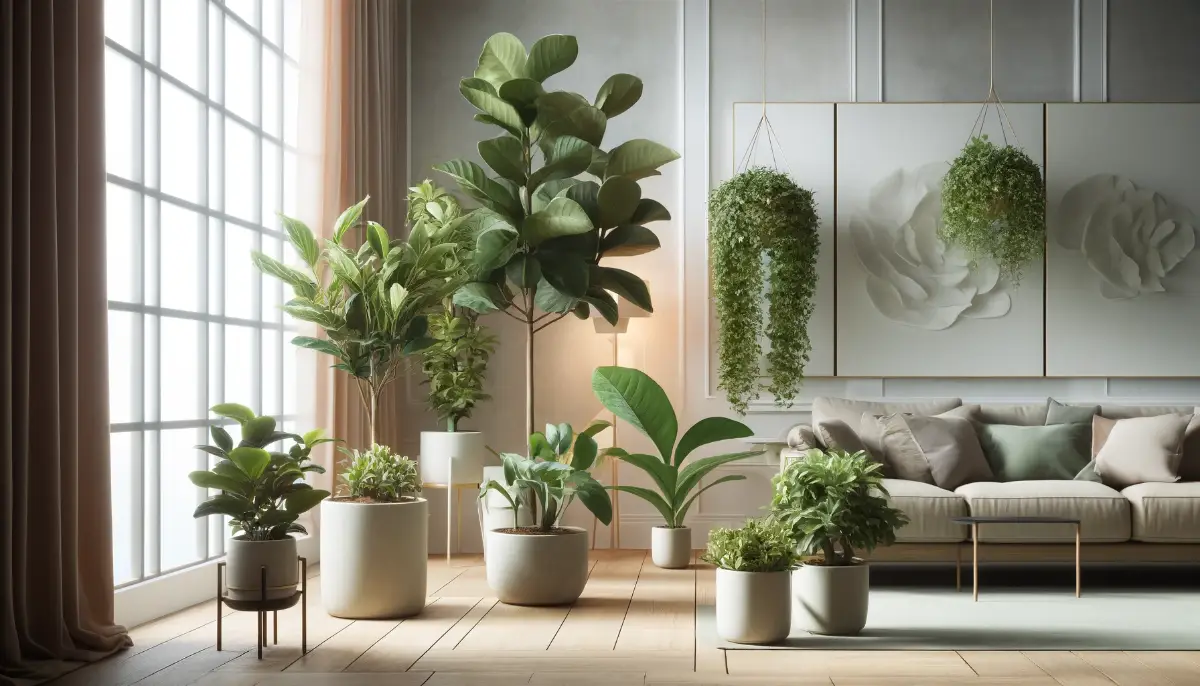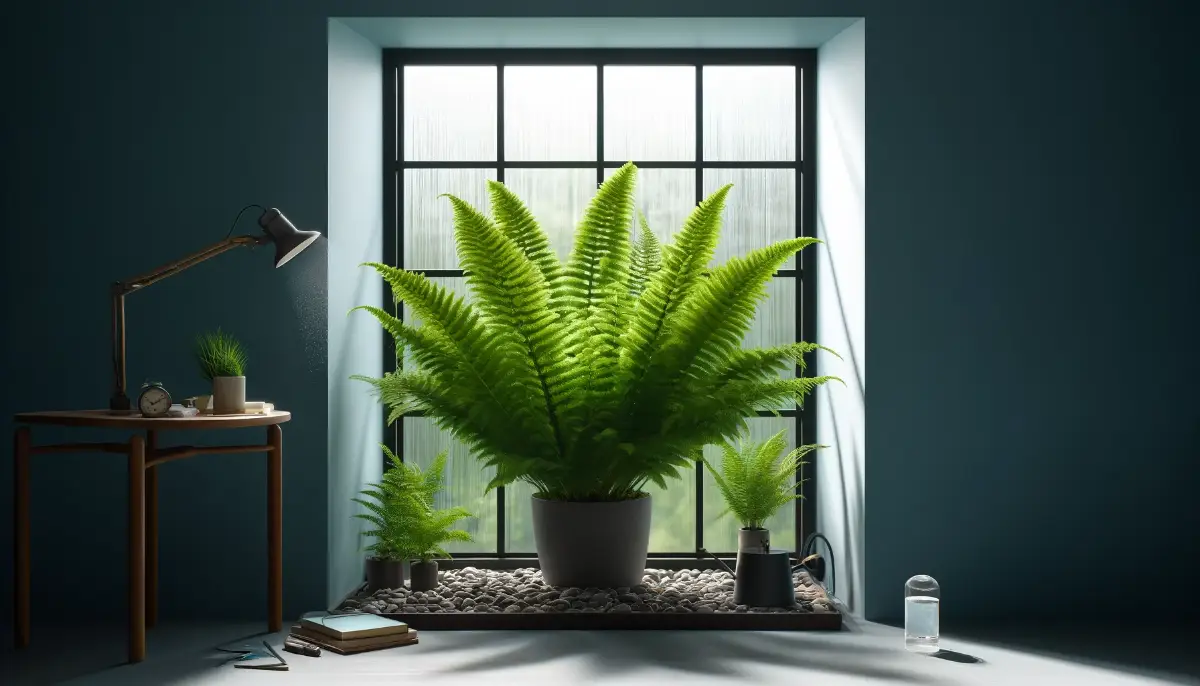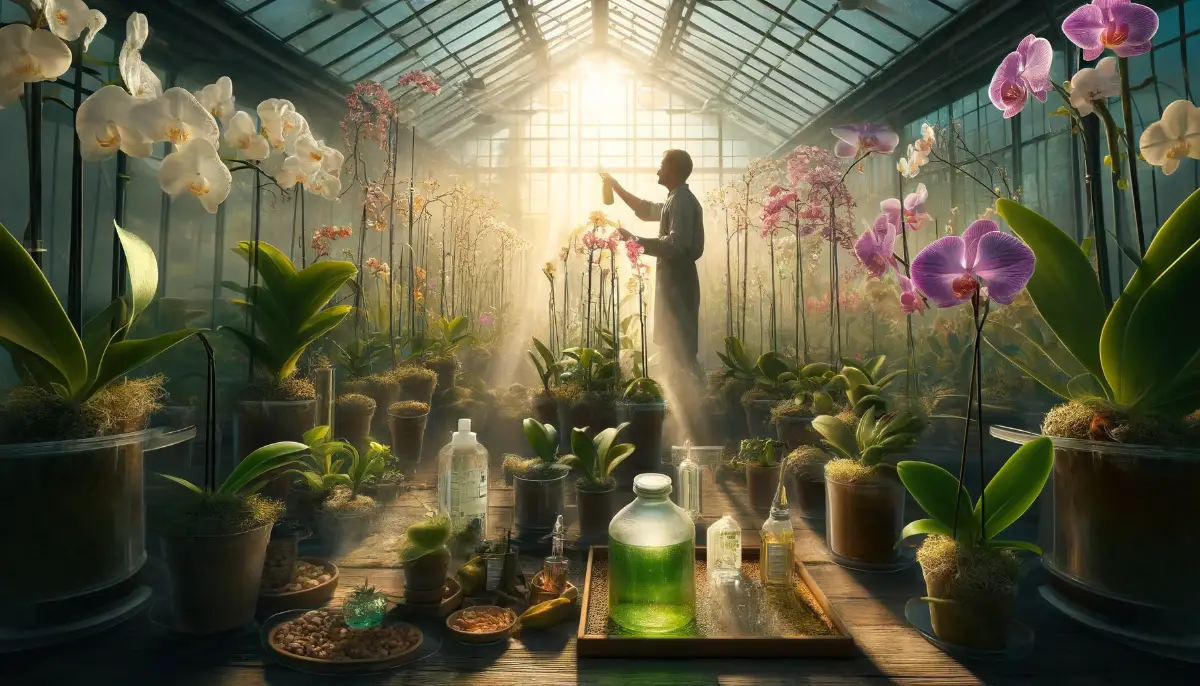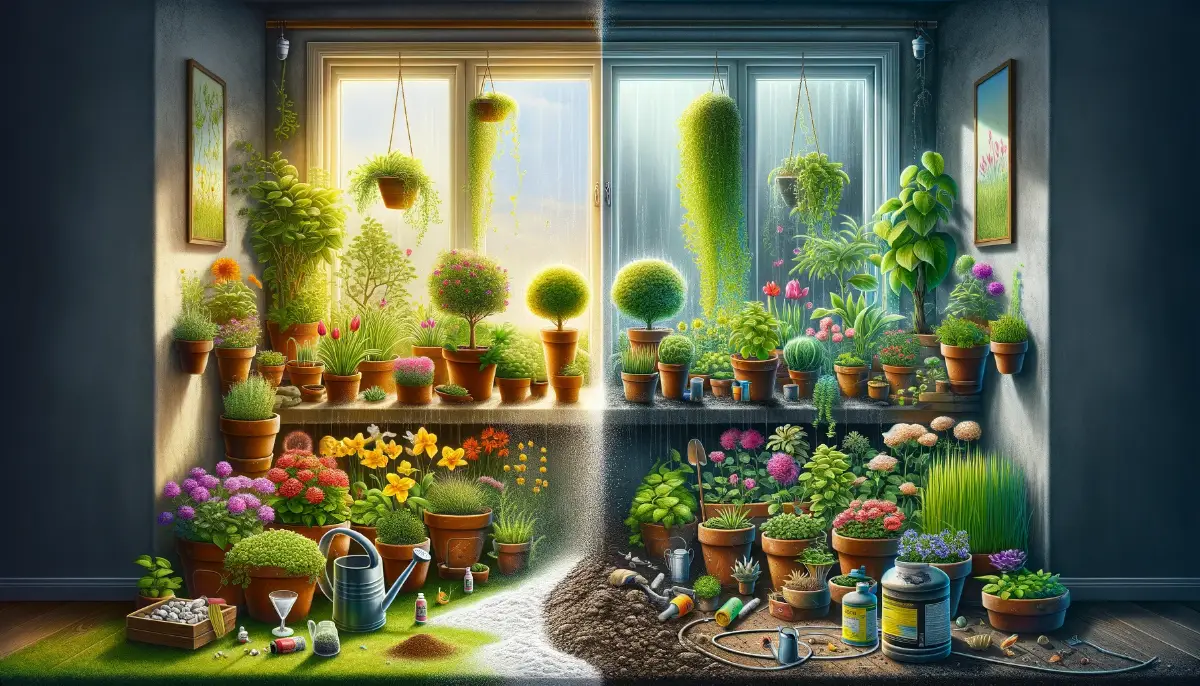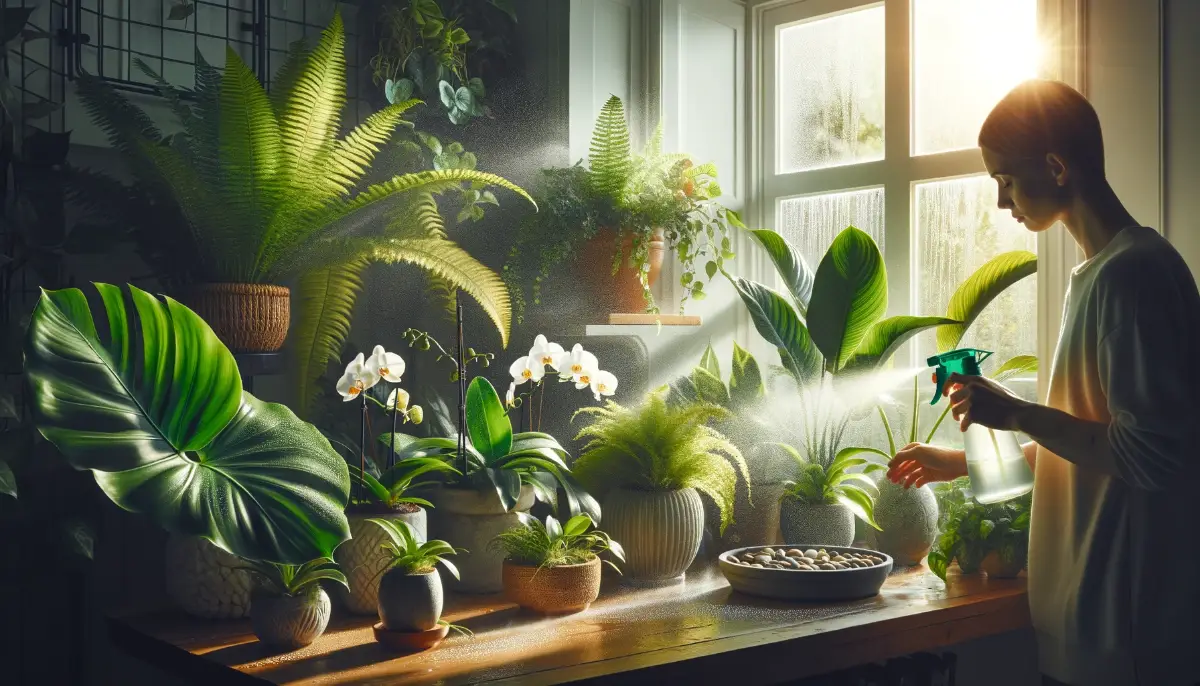Creating your own fertilizer for indoor plants is a cost-effective and eco-friendly way to ensure they receive the nutrients they need to thrive. Unlike commercial fertilizers, homemade options allow you to customize the nutrient mix to meet specific plant requirements.
- Homemade fertilizers are cost-effective and eco-friendly.
- Common ingredients include kitchen scraps, Epsom salt, and coffee grounds.
- Understanding plant needs ensures the best fertilizer mix.
DIY Homemade Fertilizer Recipes
Creating your own homemade fertilizers can be simple and rewarding. Here are some easy recipes using common household items to nourish your indoor plants:
Banana Peel Fertilizer
To make banana peel fertilizer, chop up banana peels and soak them in water for 24-48 hours. Use the banana-infused water to water your plants. Alternatively, you can bury chopped banana peels directly in the soil near the plant roots for a slow-release potassium boost.
Eggshell Fertilizer
For eggshell fertilizer, collect and rinse eggshells to remove any residual egg whites. Let the eggshells dry completely. Crush the dried eggshells into a fine powder using a mortar and pestle or a blender. Mix the powdered eggshells into the soil to provide a steady release of calcium.
Coffee Grounds Fertilizer
To use coffee grounds as fertilizer, collect used coffee grounds and let them dry out completely. Sprinkle the dried coffee grounds on top of the soil or mix them into the soil around your plants. Coffee grounds are rich in nitrogen, which is essential for leafy growth.
Epsom Salt Fertilizer
Epsom salt fertilizer is made by dissolving one tablespoon of Epsom salt in a gallon of water. Use this solution to water your plants once a month. Epsom salt provides magnesium and sulfur, which are crucial for chlorophyll production and enzyme function.
Compost Tea
To make compost tea, fill a container with one part compost and five parts water. Let the mixture steep for 24-48 hours, stirring occasionally. Strain the liquid and use it to water your plants, providing a rich mix of nutrients.
Gelatin Powder Fertilizer
For gelatin powder fertilizer, dissolve one packet of unflavored gelatin in one cup of hot water. Add three cups of cold water to the mixture. Use this solution to water your plants once a month. Gelatin provides nitrogen, which is essential for leafy growth.
Popular Houseplants That Benefit Most from Homemade Fertilizers
Homemade fertilizers can greatly enhance the growth and health of various houseplants. Here are some popular indoor plants that thrive with the use of DIY fertilizers:
Spider Plant (Chlorophytum comosum): Spider plants respond well to nitrogen-rich fertilizers like coffee grounds. They also thrive with a balanced nutrient mix from compost tea.
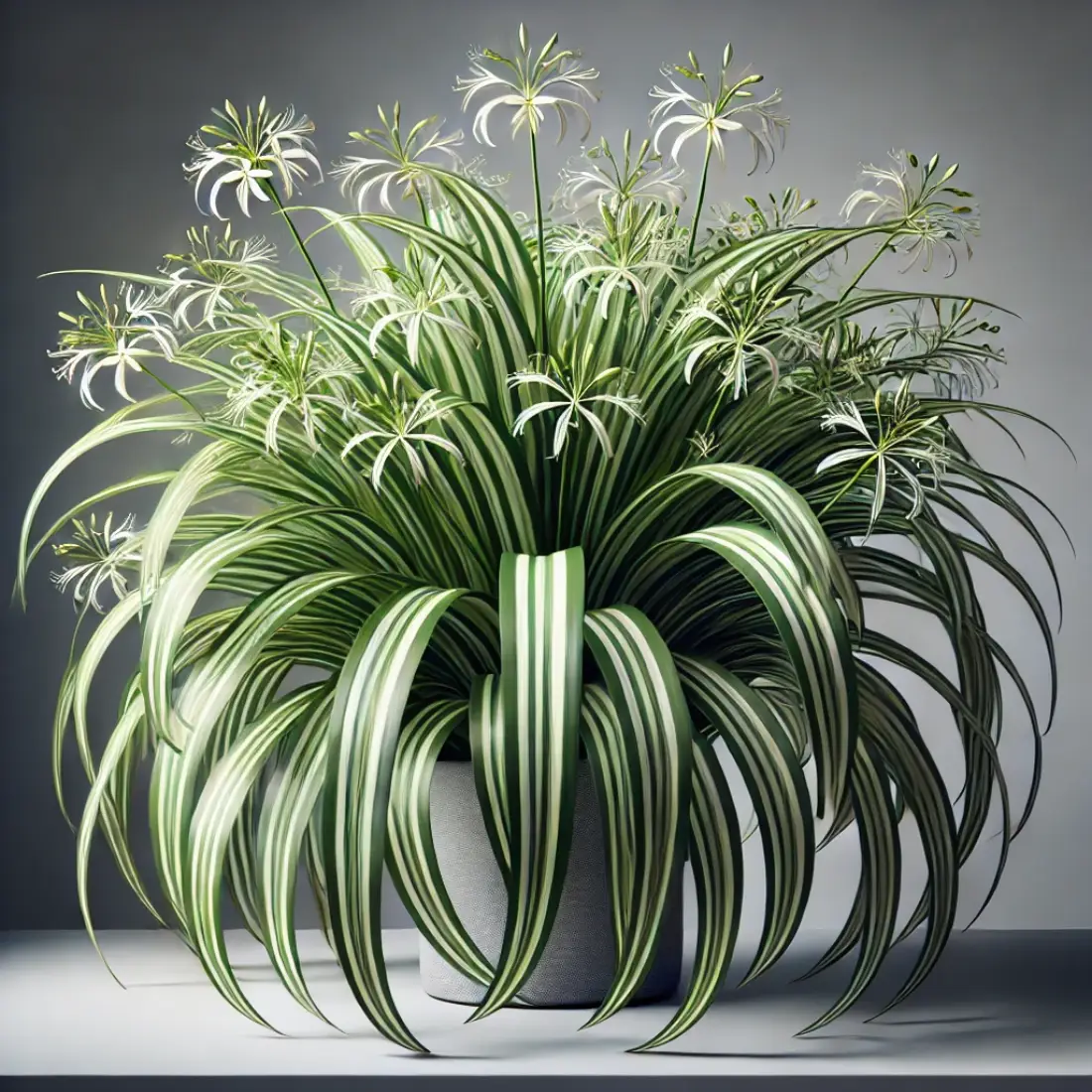
Snake Plant (Sansevieria trifasciata): Snake plants benefit from calcium-rich fertilizers such as crushed eggshells. An Epsom salt solution can enhance their growth by providing magnesium and sulfur.

Pothos (Epipremnum aureum): Pothos plants prefer potassium-rich fertilizers like banana peel water. Coffee grounds can promote lush, green foliage due to their nitrogen content.
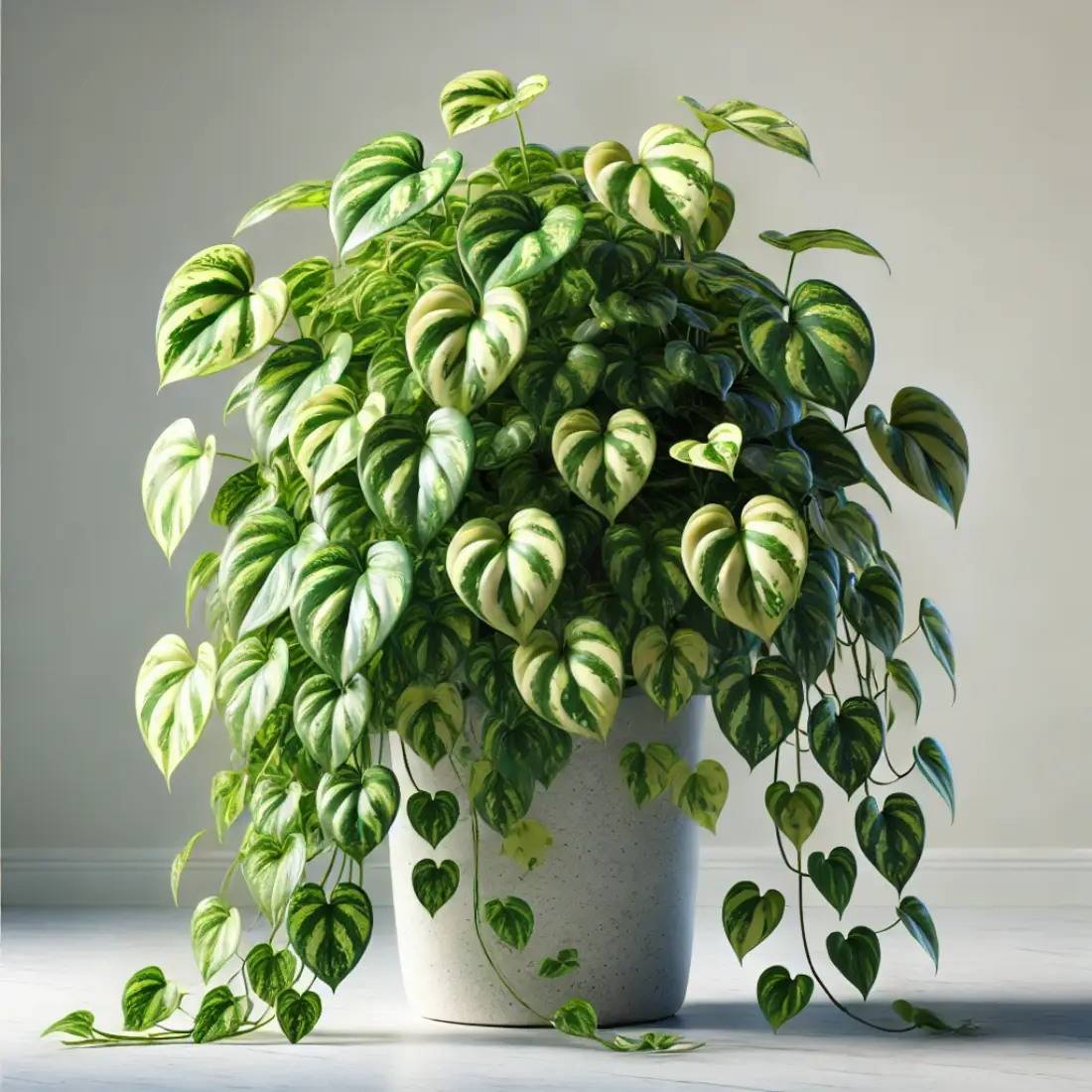
Peace Lily (Spathiphyllum): Banana peel water can boost flowering in peace lilies due to its high potassium content. Coffee grounds improve soil structure and provide essential nitrogen.
Aloe Vera (Aloe barbadensis miller): Aloe vera benefits from balanced fertilizers such as compost tea. An Epsom salt solution can improve overall plant health and vigor.
Philodendron (Philodendron spp.): Philodendrons thrive with the use of nitrogen-rich coffee grounds. Eggshell fertilizer can provide calcium, strengthening the plant’s structure.
Jade Plant (Crassula ovata): Jade plants benefit from an Epsom salt solution for magnesium and sulfur. Banana peel water can enhance their overall growth and resilience.
Fiddle Leaf Fig (Ficus lyrata): Banana peel water can promote healthy leaf development in fiddle leaf figs. Coffee grounds can support lush, green foliage.
Rubber Plant (Ficus elastica): Rubber plants respond well to balanced nutrient mixes like compost tea. An Epsom salt solution helps in maintaining vibrant and healthy leaves.

Ferns (Various species): Ferns thrive with the use of coffee grounds for nitrogen. Compost tea can provide a balanced nutrient boost for healthy growth.
Orchids (Orchidaceae): Orchids benefit from banana peel water, rich in potassium, which can encourage blooming. A diluted Epsom salt solution can provide magnesium, supporting strong root development and overall plant health. Used coffee grounds can be mixed into the orchid potting mix to provide a slow-release nitrogen source.
How to Apply Homemade Fertilizers
Applying homemade fertilizers correctly is crucial for ensuring your indoor plants receive the right nutrients without causing harm.
- Kitchen Scraps (Banana Peels, Eggshells): Apply every 4-6 weeks. Bury banana peels near the plant roots or mix powdered eggshells into the soil.
- Coffee Grounds: Use sparingly. Sprinkle used coffee grounds on top of the soil or mix them into the soil once a month to avoid over-acidifying the soil.
- Epsom Salt: Apply once a month. Dissolve one tablespoon of Epsom salt in a gallon of water and use it to water your plants.
- Compost Tea: Use every 2-4 weeks. Water your plants with the strained compost tea for a balanced nutrient boost.
Amount to Use
- Kitchen Scraps: Use one banana peel or a few crushed eggshells per plant. Ensure they are well buried to prevent pests.
- Coffee Grounds: Use about one tablespoon per small plant or two tablespoons for larger plants. Mix thoroughly into the top layer of the soil.
- Epsom Salt: One gallon of the diluted Epsom salt solution should be sufficient for several plants. Adjust based on plant size and soil moisture.
- Compost Tea: Water each plant with enough compost tea to moisten the soil thoroughly without waterlogging.
Best Practices for Different Plant Types
- Leafy Plants (Spider Plants, Philodendrons): Focus on nitrogen-rich fertilizers like coffee grounds and compost tea.
- Flowering Plants (Peace Lilies, Orchids): Prioritize potassium-rich fertilizers like banana peel water and balanced options like compost tea.
- Succulents and Cacti (Aloe Vera, Jade Plant): Use sparingly; a diluted Epsom salt solution and occasional coffee grounds work best.
Plants That Should Not Receive Certain Homemade Fertilizers
While homemade fertilizers can benefit most indoor plants, some plants have specific needs and sensitivities. Here’s a guide on which plants to avoid using certain homemade fertilizers:
Banana Peel Fertilizer
Avoid for: Succulents and cacti. These plants are sensitive to over-fertilization and do not require high potassium levels.
Eggshell Fertilizer
Avoid for: Azaleas, rhododendrons, and camellias. These acid-loving plants may not thrive with the added calcium, which can raise soil pH levels.
Coffee Grounds Fertilizer
Avoid for: Plants that prefer alkaline soil, such as lavender and certain succulents. Coffee grounds are acidic and can lower the soil pH, which is unsuitable for these plants.
Epsom Salt Fertilizer
Avoid for: Plants that do not require additional magnesium, such as most leafy greens and herbs. Overuse can lead to magnesium toxicity and disrupt nutrient balance.
Compost Tea
Avoid for: Indoor plants sensitive to high nutrient levels, such as some orchids. High nutrient content can burn sensitive plants.
Gelatin Powder Fertilizer
Avoid for: Plants with low nitrogen needs, such as certain flowering plants like orchids. Excess nitrogen can promote foliage growth over blooms.
Potential Risks and Precautions
While homemade fertilizers are cost-effective and eco-friendly, improper use can lead to several risks. Here are some potential issues and precautions to ensure your indoor plants benefit without harm:
Over-fertilization
Risks: Excessive nutrients can lead to nutrient burn, characterized by brown or scorched leaf edges. It can also cause rapid, unhealthy growth and weaken the plant’s structure.
Precautions: Apply fertilizers sparingly and according to recommended frequencies. Always start with a smaller amount and observe your plant’s response before increasing the dosage.
Soil pH Imbalances
Risks: Certain ingredients, like coffee grounds, can acidify the soil, affecting plant health and nutrient uptake. High acidity can inhibit the absorption of essential nutrients like phosphorus and magnesium.
Precautions: Test your soil pH regularly, especially when using acidic ingredients. Balance with neutral or alkaline components like crushed eggshells to maintain a healthy pH range for your plants.
Pest Attraction
Risks: Improperly buried kitchen scraps, especially banana peels and vegetable waste, can attract pests like fruit flies, ants, and even rodents.
Precautions: Ensure kitchen scraps are well buried in the soil. Avoid using overly moist or decomposing materials that can attract pests. Use composted materials where possible, as they are less likely to attract pests.
Nutrient Imbalances
Risks: Relying on a single type of homemade fertilizer can lead to nutrient imbalances, with some nutrients being over-supplied while others are deficient.
Precautions: Rotate and mix different types of homemade fertilizers to provide a balanced nutrient profile. Combine ingredients like banana peels, coffee grounds, eggshells, and compost to cover a broad range of nutrient needs.
FAQs about Homemade Fertilizers
What is the best homemade fertilizer for flowering plants?
The best homemade fertilizer for flowering plants is one rich in potassium and phosphorus, such as banana peel water. These nutrients promote strong root development and enhance blooming.
How often should I use homemade fertilizers?
The frequency of use depends on the type of fertilizer. Generally, kitchen scraps can be applied every 4-6 weeks, coffee grounds once a month, Epsom salt solution monthly, and compost tea every 2-4 weeks.
Can homemade fertilizers attract pests?
Yes, if not used correctly. Ensure kitchen scraps are well buried in the soil to avoid attracting pests like fruit flies and ants. Use composted materials which are less likely to attract pests.
Are coffee grounds good for all indoor plants?
Coffee grounds are beneficial for most leafy plants due to their high nitrogen content. However, they should be used sparingly and mixed well into the soil to avoid over-acidifying it.
How can I prevent over-fertilization with homemade fertilizers?
Start with smaller amounts and observe your plant’s response before increasing the dosage. Follow recommended application frequencies and avoid applying multiple fertilizers simultaneously.
What are the signs of nutrient deficiency in indoor plants?
Signs of nutrient deficiency include yellowing leaves, stunted growth, poor flowering, weak root systems, and discolored or scorched leaf edges. Different deficiencies exhibit specific symptoms.
Can I use fish tank water as a fertilizer?
Yes, fish tank water is rich in beneficial bacteria and nutrients from fish waste. It can be used to water plants, providing a natural nutrient boost.
How do I balance soil pH when using homemade fertilizers?
Regularly test your soil pH, especially when using acidic ingredients like coffee grounds. Balance with neutral or alkaline components, such as crushed eggshells, to maintain a healthy pH range.
Are there any plants that should not receive certain homemade fertilizers?
Avoid using coffee grounds for plants sensitive to high acidity, such as certain succulents and cacti. Always research specific plant needs before applying any homemade fertilizer.
Can I mix different homemade fertilizers?
Yes, mixing different homemade fertilizers can provide a balanced nutrient profile. Rotate ingredients like banana peels, coffee grounds, eggshells, and compost to cover a broad range of nutrient needs.

